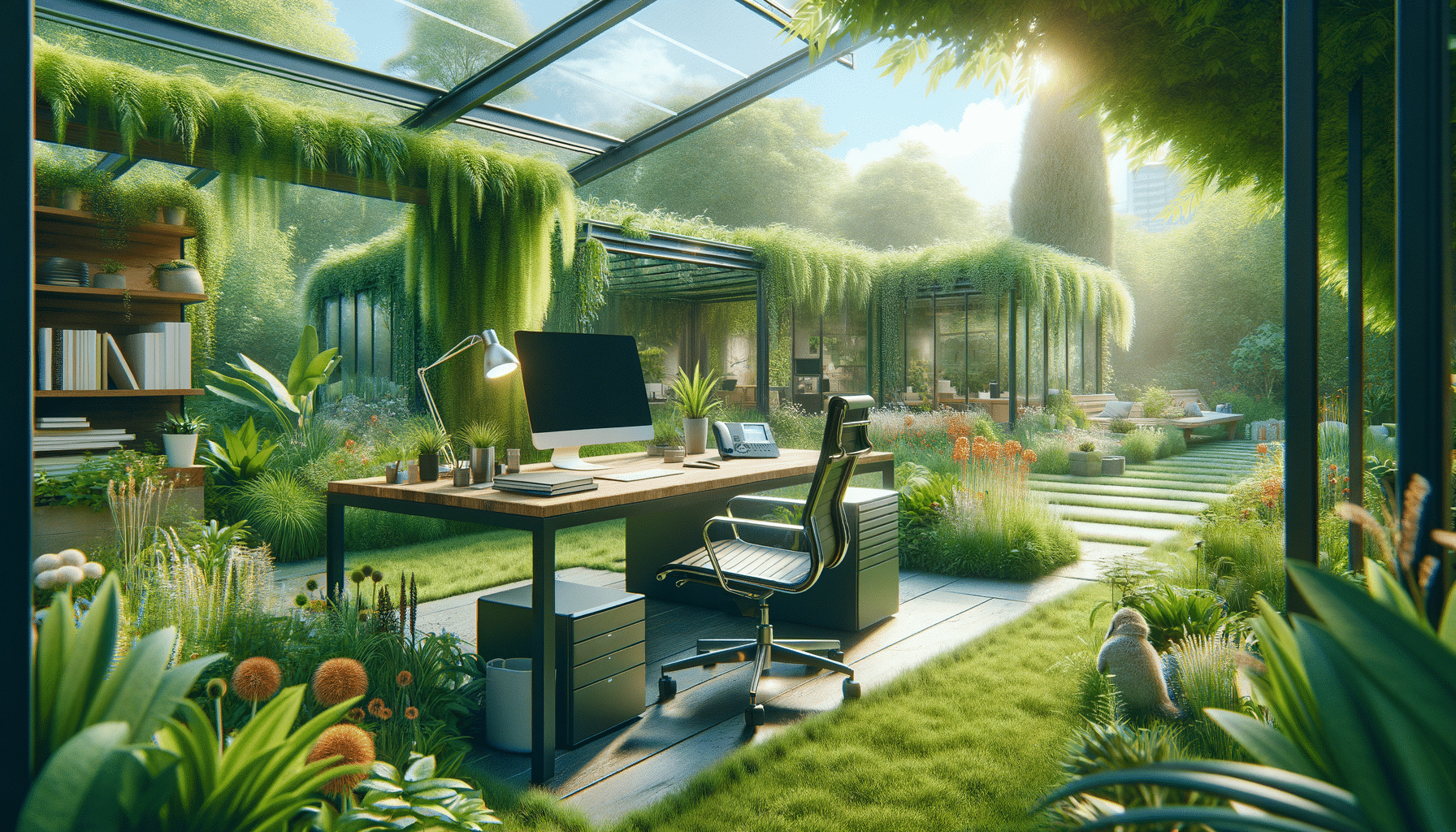
Transforming Workspaces: The Rise of the Garden Office
The Growing Popularity of Garden Offices
In recent years, the concept of a garden office has gained significant traction among those seeking a unique and productive workspace. The garden office provides a peaceful retreat from the hustle and bustle of traditional office environments. As more people embrace remote work, the demand for alternative workspaces that blend nature with functionality has soared. A garden office not only offers a tranquil setting but also enhances creativity and focus, making it an attractive option for many professionals.
Several factors contribute to the growing popularity of garden offices. Firstly, they offer a clear separation between home and work life. This physical distinction helps maintain a healthy work-life balance, which is crucial for mental well-being. Secondly, garden offices are customizable, allowing individuals to design a space that suits their specific needs and preferences. From eco-friendly materials to ergonomic furniture, the possibilities are endless.
Moreover, the aesthetic appeal of a garden office cannot be overlooked. Surrounded by greenery and natural light, these spaces often inspire a sense of calm and relaxation. For those who thrive in nature, a garden office can significantly boost productivity and job satisfaction. As urbanization continues to rise, having a personal oasis within one’s property becomes increasingly valuable.
Designing Your Ideal Garden Office
Designing a garden office involves careful planning and consideration to create a space that is both functional and inspiring. The first step is to choose the right location within your garden. Ideally, the office should be situated in a quiet area with ample natural light. Consider the orientation of the office to maximize sunlight exposure throughout the day.
Next, think about the size and layout of the office. The space should be large enough to accommodate your work essentials, such as a desk, chair, and storage solutions. However, it should also maintain a cozy and intimate feel. Opt for a design that complements the surrounding landscape, using materials that blend seamlessly with the natural environment.
When it comes to interior design, prioritize comfort and functionality. Invest in ergonomic furniture that supports good posture and reduces strain during long work hours. Incorporate elements of nature, such as plants and natural materials, to enhance the connection between the indoor and outdoor spaces. Additionally, consider incorporating technology that supports your work needs, such as high-speed internet and efficient lighting solutions.
Benefits of Working in a Garden Office
Working in a garden office offers numerous benefits that can significantly enhance your work experience. One of the primary advantages is the reduction of stress. Being surrounded by nature and natural light has been shown to lower stress levels and improve overall well-being. This environment can lead to increased focus and productivity, as well as a more positive outlook on work tasks.
Another benefit is the flexibility that a garden office provides. Unlike traditional office settings, you have complete control over your work environment. This autonomy allows you to tailor the space to your specific needs, whether that means having a quiet zone for concentration or a collaborative area for brainstorming sessions.
Furthermore, a garden office can contribute to a more sustainable lifestyle. By eliminating the need for a daily commute, you reduce your carbon footprint and save time and money. Additionally, the use of eco-friendly materials and energy-efficient technologies can further enhance the sustainability of your office.
Cost Considerations and Investment Value
When planning to build a garden office, it’s essential to consider the costs involved and the potential return on investment. The initial expenses can vary depending on factors such as size, materials, and design complexity. However, many find that the long-term benefits justify the investment.
One of the cost-saving aspects of a garden office is the potential increase in property value. A well-designed garden office can add significant appeal to your home, making it more attractive to potential buyers. Additionally, the savings from reduced commuting costs and the potential for increased productivity can offset the initial expenditure over time.
It’s also important to consider ongoing maintenance costs. Regular upkeep, such as weatherproofing and landscaping, will ensure that your garden office remains a functional and pleasant space. Budgeting for these expenses will help you maintain the office’s value and usability in the long run.
Future Trends in Garden Offices
As the trend of remote work continues to grow, garden offices are expected to evolve and adapt to meet changing needs. One emerging trend is the integration of smart technology. From automated lighting and climate control to advanced security systems, technology can enhance the functionality and convenience of garden offices.
Another trend is the focus on sustainability and eco-friendliness. More individuals are opting for sustainable building materials and energy-efficient solutions to minimize environmental impact. This shift not only aligns with global sustainability goals but also appeals to environmentally-conscious consumers.
Additionally, the design of garden offices is becoming increasingly innovative. Architects and designers are experimenting with modular and prefabricated structures that offer flexibility and ease of installation. These designs cater to a wide range of preferences and budgets, making garden offices accessible to more people.

